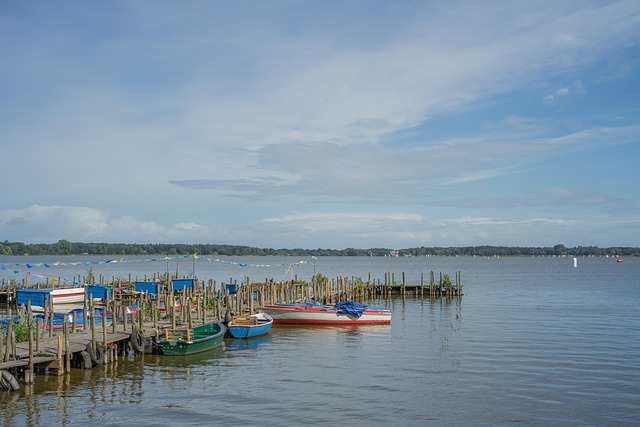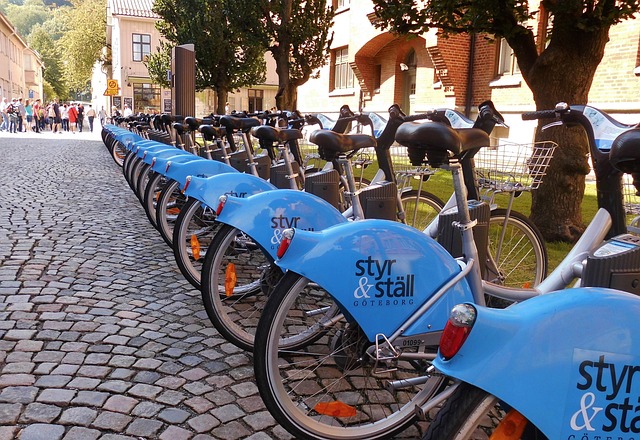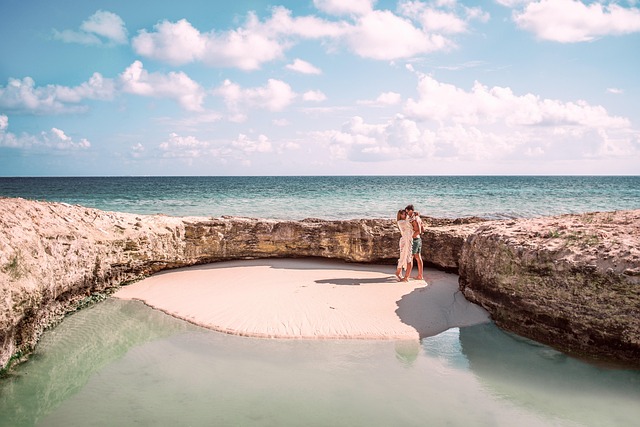Investing in real estate near popular attractions is a strategic method to generate supplemental income. High-demand areas offer prime rental opportunities for both locals and tourists, with platforms like Airbnb facilitating short-term rentals. This approach contributes to local economic growth and can lead to significant property value appreciation. Property owners can diversify their business ventures, from restaurants to entertainment, capitalizing on high foot traffic but facing intense competition. Effective planning and community involvement are crucial to balancing commercial development with preserving the area's natural charm.
In today’s competitive market, maximizing the potential of prime real estate locations near popular attractions can be a lucrative strategy. Generating supplemental income from these high-traffic areas offers both exciting opportunities and unique challenges. From leveraging the power of real estate to creating diverse income streams through short-term rentals, event spaces, and experiential offerings, this article explores practical steps for property owners looking to capitalize on their assets while navigating legal considerations and zoning regulations. Discover how to transform your property into a thriving hub of activity, attracting tourists and locals alike.
Leveraging Real Estate Near Popular Attractions

Leveraging real estate near popular attractions is a strategic way to generate supplemental income. High-demand areas often come with prime rental opportunities, as both locals and tourists seek accommodations close to the action. By purchasing or renting out properties in these locations, individuals can capitalize on the influx of visitors, offering short-term rentals through platforms like Airbnb or maintaining long-term tenants attracted by the convenience and accessibility.
This approach not only provides a steady income stream but also allows for the potential appreciation of real estate values over time. Proximity to attractions can significantly boost property desirability, making it a lucrative investment strategy for those seeking passive income or a meaningful way to contribute to their local economy.
– Exploring the potential of owning property in high-traffic areas

Owning property in high-traffic areas presents a compelling opportunity for generating supplemental income through real estate investments. These locations, often near popular attractions or bustling city centers, have inherently higher footfall and visitor density, translating into increased demand for accommodation, retail, and entertainment options. By strategically acquiring properties in such areas, investors can cater to this eager market with various business models, from short-term rentals to permanent leasing.
The real estate potential is evident when considering the economic impact of tourism. High-traffic zones attract visitors seeking convenient access to attractions, events, or local experiences. This demand creates a steady stream of customers for businesses in the vicinity, including those offering accommodation, dining, and entertainment. Investors can capitalize on this by offering premium listings, unique experiences, or specialized services tailored to tourists, ensuring a consistent income stream and contributing to the vibrancy of popular destinations.
– Benefits and challenges of generating income from prime real estate locations

Prime real estate locations near attractions offer a unique opportunity for generating supplemental income through various business ventures. The benefits are manifold; high foot traffic ensures consistent potential customers, while the already established tourist infrastructure provides a ready market. Such locations can attract diverse businesses, from restaurants and cafes to souvenir shops and entertainment venues, each contributing to a vibrant local economy. Moreover, property owners can capitalize on the premium prices that tourists are often willing to pay for convenience and unique experiences.
However, challenges also exist. Competition among businesses in these areas can be intense, demanding creative marketing strategies and high-quality offerings to stand out. Additionally, maintaining a balance between catering to tourists and preserving the local character is crucial. Overcommercialization may detract from the area’s natural charm, leading to resistance from both locals and some visitors. Effective planning and community involvement are essential to ensure that supplemental income generation enhances the area without compromising its essence.






